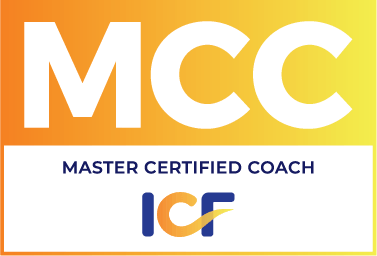 There is a trend that has been emerging over the last 30 years and is still gaining steam as its benefits are seen in the workplace and the bottom line. It has been called servant-leadership – a leadership philosophy in which the goal of the leader is to serve. This is different from traditional leadership where the leader’s main focus is the thriving of their company or organizations at all costs, particularly that of the employees’ fulfillment and even well-being. A servant leader shares power, puts the needs of the employees first and helps people develop and perform as highly as possible. Interestingly, this approach yields better results in terms not only of employee engagement, but also of profit margins. Of course we also know that employee engagement and buy-in has a huge effect on the bottom line.
There is a trend that has been emerging over the last 30 years and is still gaining steam as its benefits are seen in the workplace and the bottom line. It has been called servant-leadership – a leadership philosophy in which the goal of the leader is to serve. This is different from traditional leadership where the leader’s main focus is the thriving of their company or organizations at all costs, particularly that of the employees’ fulfillment and even well-being. A servant leader shares power, puts the needs of the employees first and helps people develop and perform as highly as possible. Interestingly, this approach yields better results in terms not only of employee engagement, but also of profit margins. Of course we also know that employee engagement and buy-in has a huge effect on the bottom line.
 Servant leadership inverts the norm: instead of the people working to serve the leader, the leader exists to serve the people. As stated by its founder, Robert K. Greenleaf, a Servant Leader should be focused on, “Do those served grow as persons? Do they, while being served, become healthier, wiser, freer, more autonomous, more likely themselves to become servants?” When leaders shift their mindset and serve first, they benefit as well as their employees in that their employees acquire personal growth, while the organization grows as well due to the employees’ growing commitment and engagement. Since this leadership style came about, a number of different organizations have adopted this style as their way of leadership.
Servant leadership inverts the norm: instead of the people working to serve the leader, the leader exists to serve the people. As stated by its founder, Robert K. Greenleaf, a Servant Leader should be focused on, “Do those served grow as persons? Do they, while being served, become healthier, wiser, freer, more autonomous, more likely themselves to become servants?” When leaders shift their mindset and serve first, they benefit as well as their employees in that their employees acquire personal growth, while the organization grows as well due to the employees’ growing commitment and engagement. Since this leadership style came about, a number of different organizations have adopted this style as their way of leadership.
For more on leadership skills, check out the upcoming leadership program by leadership coach, Kelly Mobeck, starting next Thursday (Sept. 10).
Steven Covey (author of, among other things, The Seven Habits of Highly Effective People), was an expert on leadership. He wrote an article entitled, “New Wine, Old Bottles.”
Servant leadership requires humility of character and core competency around a new skill set. To become servant leaders, Covey lists three steps that executives must take.
- 1. Build relationships of Trust
- 2. Set up win-win performance agreements
- 3. Be a source of help
He states that without this new mindset, servant leadership won’t work. It’s like putting new wine in old wineskins. It requires a change in mindset of managers and leaders. It requires that managers become compassionate to the performance struggles of their employees and help them succeed.
Covey mentions that servant leadership is not soft or “touchy-feely” stuff – it takes guts to do. He also mentions that critics of servant leadership are people who want more dramatic near-term results, but servant leadership is a system that takes time to fully blossom but will yield much more stable and consistent long-term results.
For more on this concept, you can also read our article in Comstock’s: How to Become a Coach-Style Leader.
And of course, you can become involved in Kelly Mobeck’s Leadership Impact Forum training, which has now a limited number of spots remaining.







